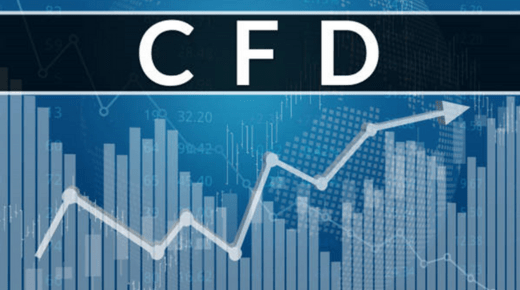Diversification is a key strategy in investing, and it’s all about not putting all your eggs in one basket. But how do you diversify effectively? That’s where CFD trading comes into play. CFD stands for ‘Contract for Difference’, and it’s a financial derivative that allows you to speculate on the price movements of various assets without actually owning them. It’s like betting on the outcome of a sports game, but instead of teams, you’re betting on the performance of stocks, indices, commodities, or currencies. Let’s dive into the role of CFD trading (It is also known as “差價合約交易” in Taiwan.) in portfolio diversification and see how it can be a game-changer for your investment strategy.
Understanding CFD Trading
Before we get into the nitty-gritty of how CFD trading aids in diversification, let’s first understand what CFD trading is all about. CFD trading allows you to trade on the price movements of a wide range of financial instruments. You can go long if you believe the price will rise or go short if you think it will fall. The beauty of it is that you don’t need to own the underlying asset to benefit from its price movement. This opens up a world of opportunities for investors to diversify their portfolios across different markets and asset classes.
Enhancing Portfolio Diversification
Now, let’s talk about how CFD trading can enhance your portfolio diversification. Diversification is about spreading your investments across various asset classes to reduce risk. CFD trading offers a flexible way to do this. You can trade on a multitude of assets, from stocks and indices to commodities and currencies, all from a single trading platform. This means you can easily diversify your portfolio without the need to manage multiple accounts or deal with the complexities of owning physical assets.
Managing Risk with CFD Trading
Risk management is a crucial aspect of investing, and CFD trading provides tools to help you manage your risk effectively. One of the key features of CFD trading is the use of leverage, which allows you to increase your market exposure with a relatively small amount of capital. This can amplify your potential returns but also your potential losses. However, with proper risk management strategies, such as setting stop-loss orders and position sizing, you can control your exposure and protect your portfolio from significant losses.
Access to Global Markets
One of the most exciting aspects of CFD trading is the access it provides to global markets. Whether you’re interested in the tech giants of Silicon Valley, the commodities of the Middle East, or the emerging markets of Asia, CFD trading allows you to tap into these opportunities. This global access is a powerful tool for diversification, as it enables you to spread your investments across different geographical regions, further reducing your risk.
The Power of Leverage
Leverage is a double-edged sword in CFD trading. On one hand, it can significantly boost your potential returns by allowing you to trade with a larger position size than your actual capital would allow. On the other hand, it can also magnify your losses if the market moves against you. Understanding and managing leverage is essential for successful CFD trading. It’s about finding the right balance that allows you to maximize your returns while keeping your risk in check.
Conclusion
In conclusion, CFD trading is a powerful tool for portfolio diversification. It offers flexibility, access to a wide range of assets, and the ability to manage risk effectively. By incorporating CFD trading into your investment strategy, you can create a more diversified and potentially more profitable portfolio. However, it’s important to remember that with great power comes great responsibility. Always approach CFD trading with a solid understanding of the risks involved and a well-thought-out risk management plan.
The Role of CFD Trading in Portfolio Diversification






